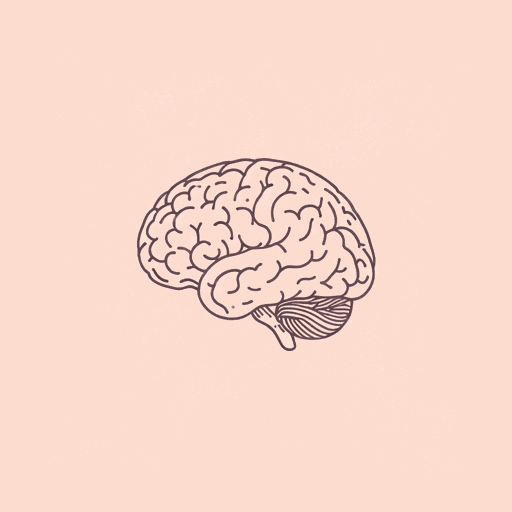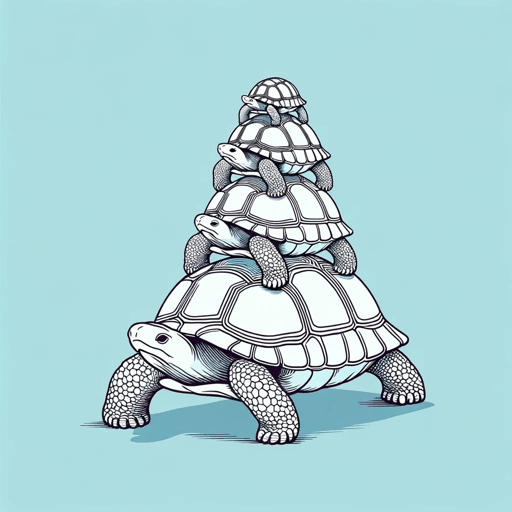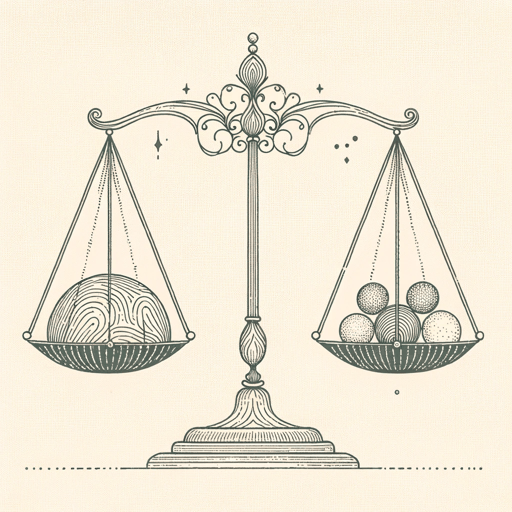92 pages • 3 hours read
Robert M. SapolskyBehave: The Biology of Humans at Our Best and Worst
Nonfiction | Book | Adult | Published in 2017A modern alternative to SparkNotes and CliffsNotes, SuperSummary offers high-quality Study Guides with detailed chapter summaries and analysis of major themes, characters, and more.
Chapter 15Chapter Summaries & Analyses
Chapter 15 Summary & Analysis: “Metaphors We Kill By”
Humans often kill for disrespect to graven images, such as in Islamist fatwas against artists who depict the prophet Mohammed. In gang war, people kill over the color of someone’s sneakers or the clothes people are allowed and not allowed to wear.
One of our unique human capacities is for symbolic representation in language and art. Such symbolic representation has rudimentary forms in other species, such as the “protowords” of vervet monkeys, who have different alarm calls for predators approaching from the ground, air, and trees. But language like ours has the capacity to “pr[y] apart message from its meaning” (557): It operates metaphorically and can represent non-immediate states and abstract concepts through these metaphorical constructs.
Metaphor emerged recently in our cognitive evolution, and our brain handles this new process somewhat oddly. Consider the ACC again, which helps us determine the meaning of physical pain in our bodies but also activates in contexts of social pain. The ACC can also allow us to “feel” someone else’s pain by activating in observation of another person’s injury. Other chemicals—such as the neurotransmitter substance P, which is highly associated with physical pain signaling—are also higher in states of clinical depression with the brain interpreting the complex emotional state as “pain.
Related Titles
By Robert M. Sapolsky




